Nestled in the heart of Kashmir’s Budgam district lies one of the region’s most magical meadows, Doodhpathri, lovingly called the Valley of Milk. Perched at an altitude of around 2,730 meters (8,960 feet), this enchanting destination is wrapped in alpine forests, rolling meadows, and the sparkling waters of the Shaliganga River.
The name Doodhpathri itself is enough to spark curiosity. In the Kashmiri language, it translates to “Valley of Milk”. Locals believe the gushing streams that run through the valley appear white and frothy, resembling milk, especially when they hit the stones along their path. The sight is so pure and mesmerizing that it feels like nature is pouring out its own glass of milk.
Located just 42–45 kilometers from Srinagar, Doodhpathri is an easy escape from the city yet feels worlds away from the hustle and bustle. The drive to this meadow takes you through peaceful villages, pine-covered hills, and winding mountain roads that slowly open into vast green carpets. Unlike Gulmarg or Pahalgam, which see heavy tourist crowds, Doodhpathri remains relatively untouched, making it a hidden treasure for travelers who seek peace, quiet, and authenticity. It is the kind of destination that perfectly complements a relaxing Kashmir Holiday where nature, culture, and serenity blend together seamlessly.
In summer, the valley transforms into a painter’s dream with lush meadows dotted with wildflowers, crystal-clear streams cutting through the land, and shepherds guiding their flocks of sheep. Winter, on the other hand, dresses Doodhpathri in a snowy blanket, turning it into a fairy-tale wonderland where silence and beauty reign supreme. Each season adds its own charm, ensuring that no two visits ever feel the same.
What truly makes Doodhpathri special is the atmosphere it creates. Standing amidst the towering deodar and pine trees, with the soft sound of water flowing nearby, you feel as though time has slowed down just for you. Sheep graze lazily, the air smells of pine and fresh grass, and the mountains in the backdrop remind you of nature’s grandeur. It is not just another tourist spot, it’s a soulful escape into serenity.
Whether you’re on a family vacation, a honeymoon, or a solo journey of reflection, Doodhpathri offers something magical for every traveler. It’s where you go not only to see beauty but to feel it in its purest form.
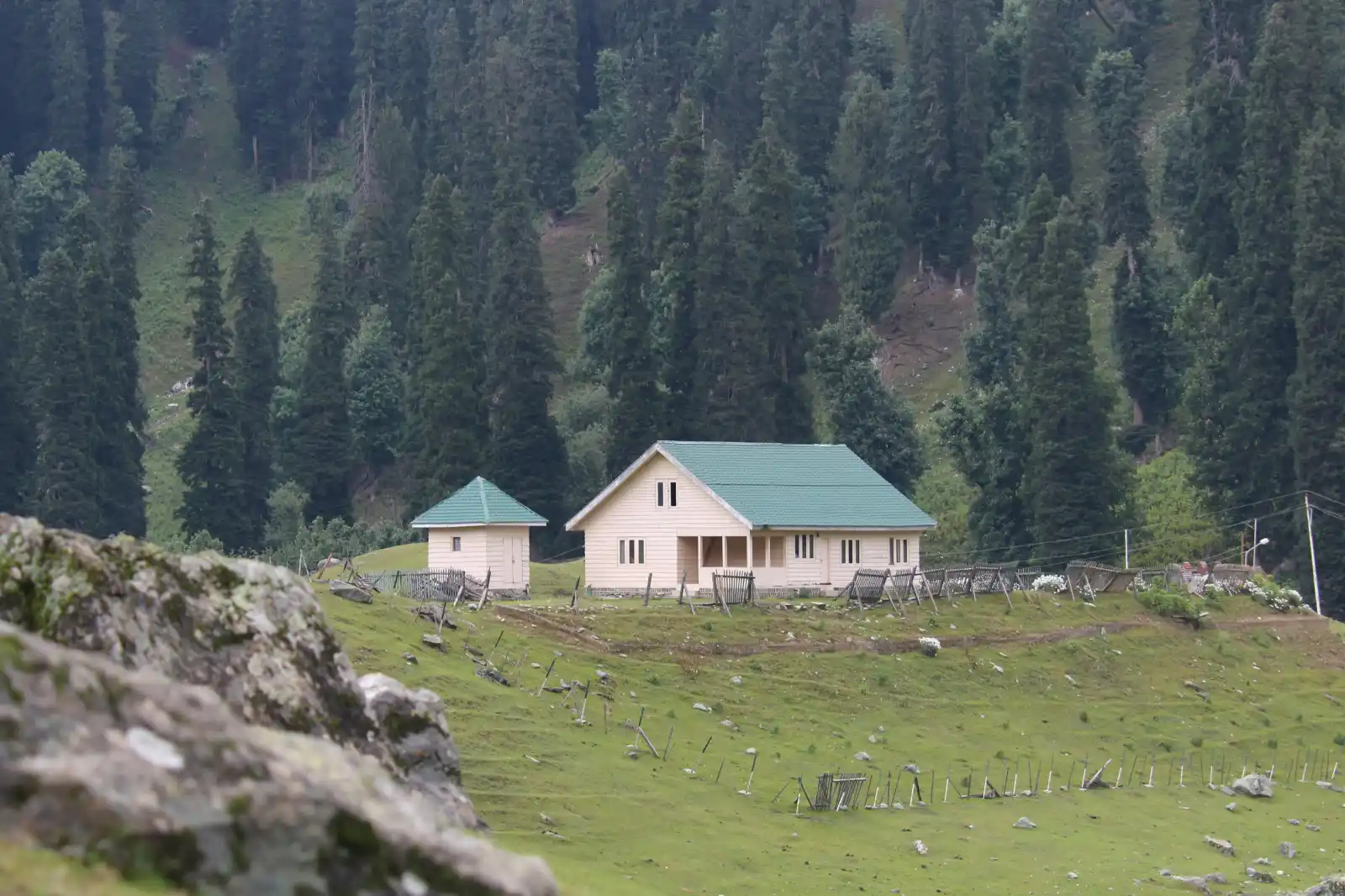
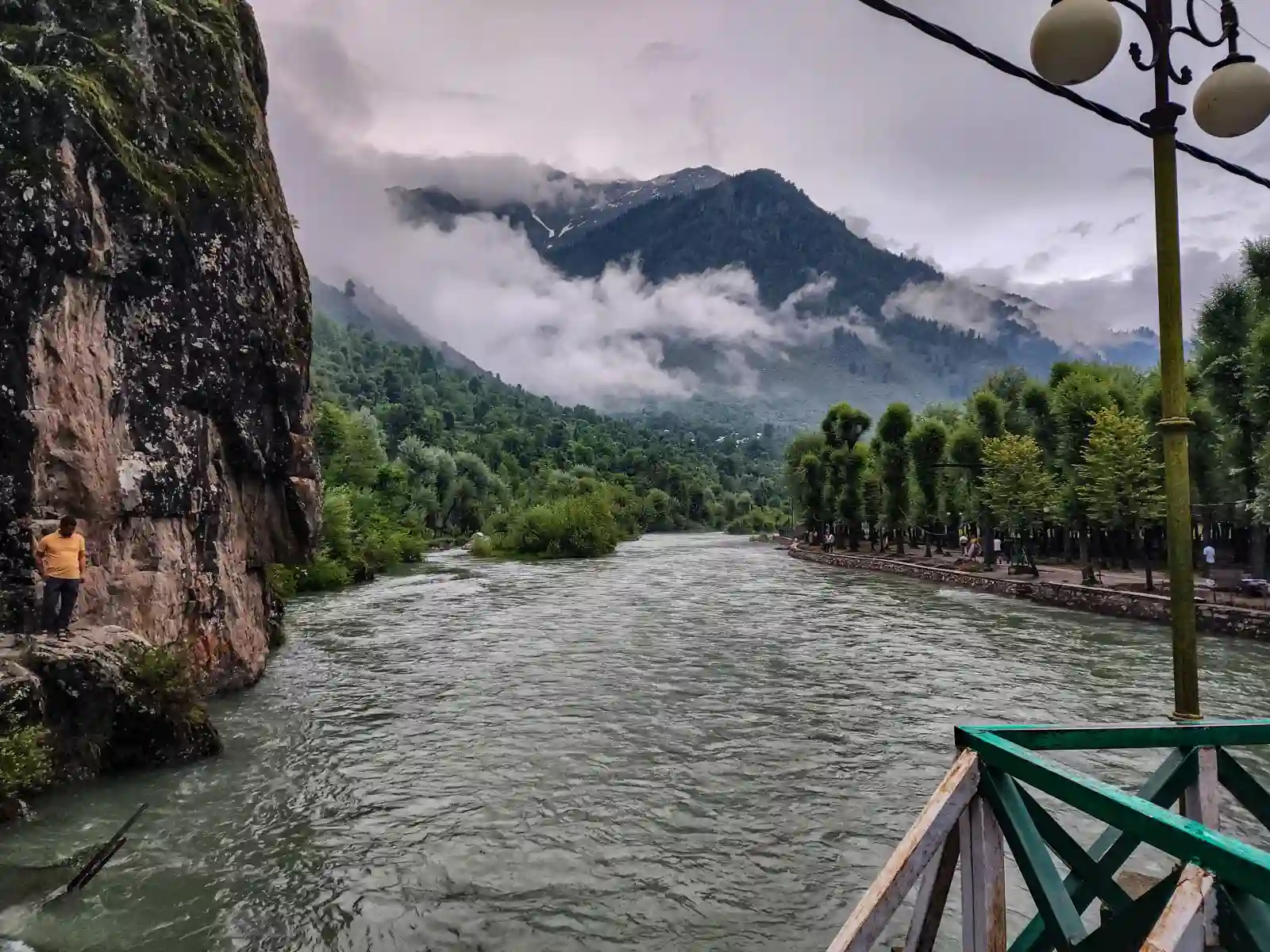
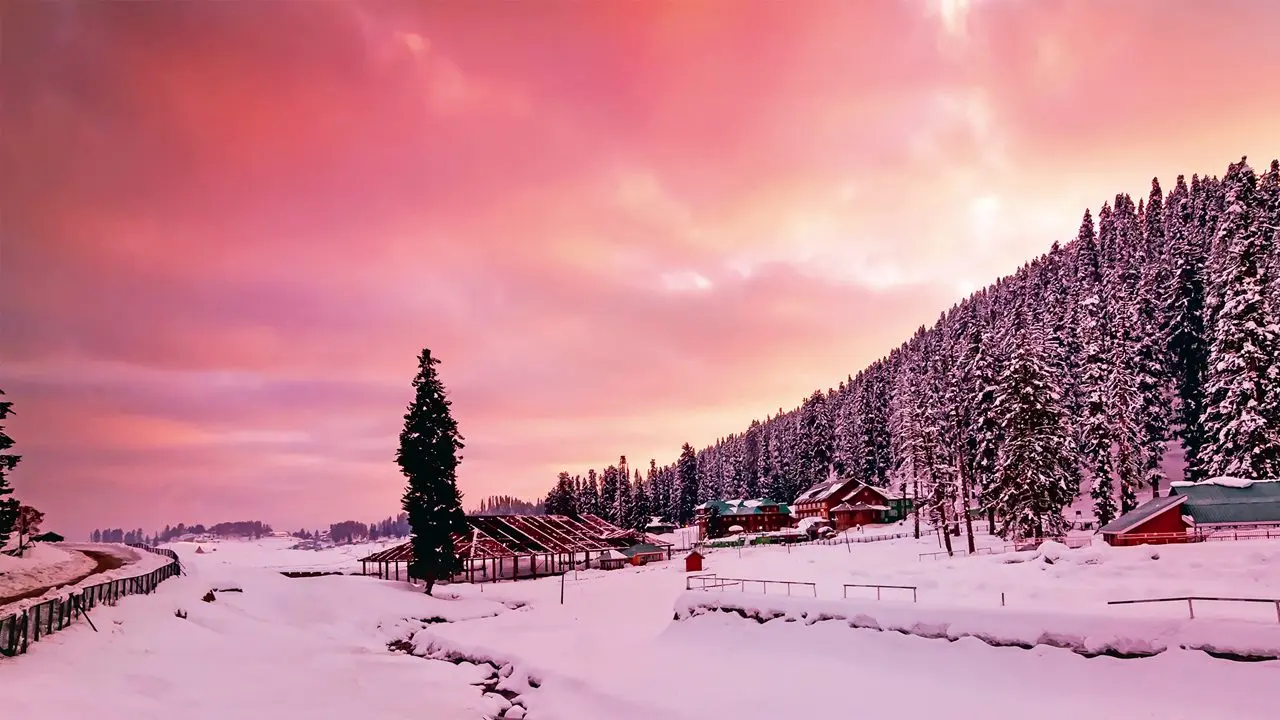


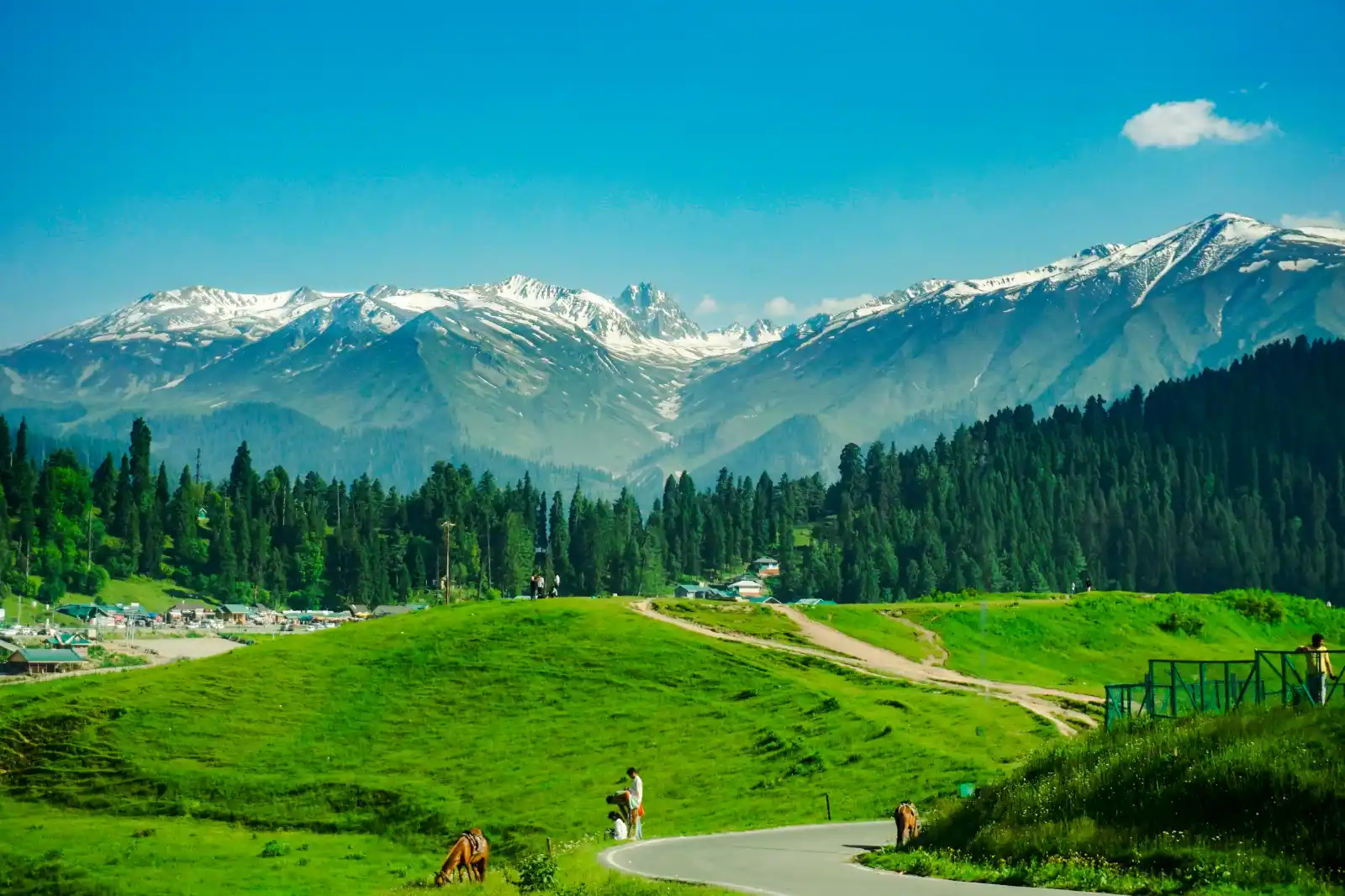
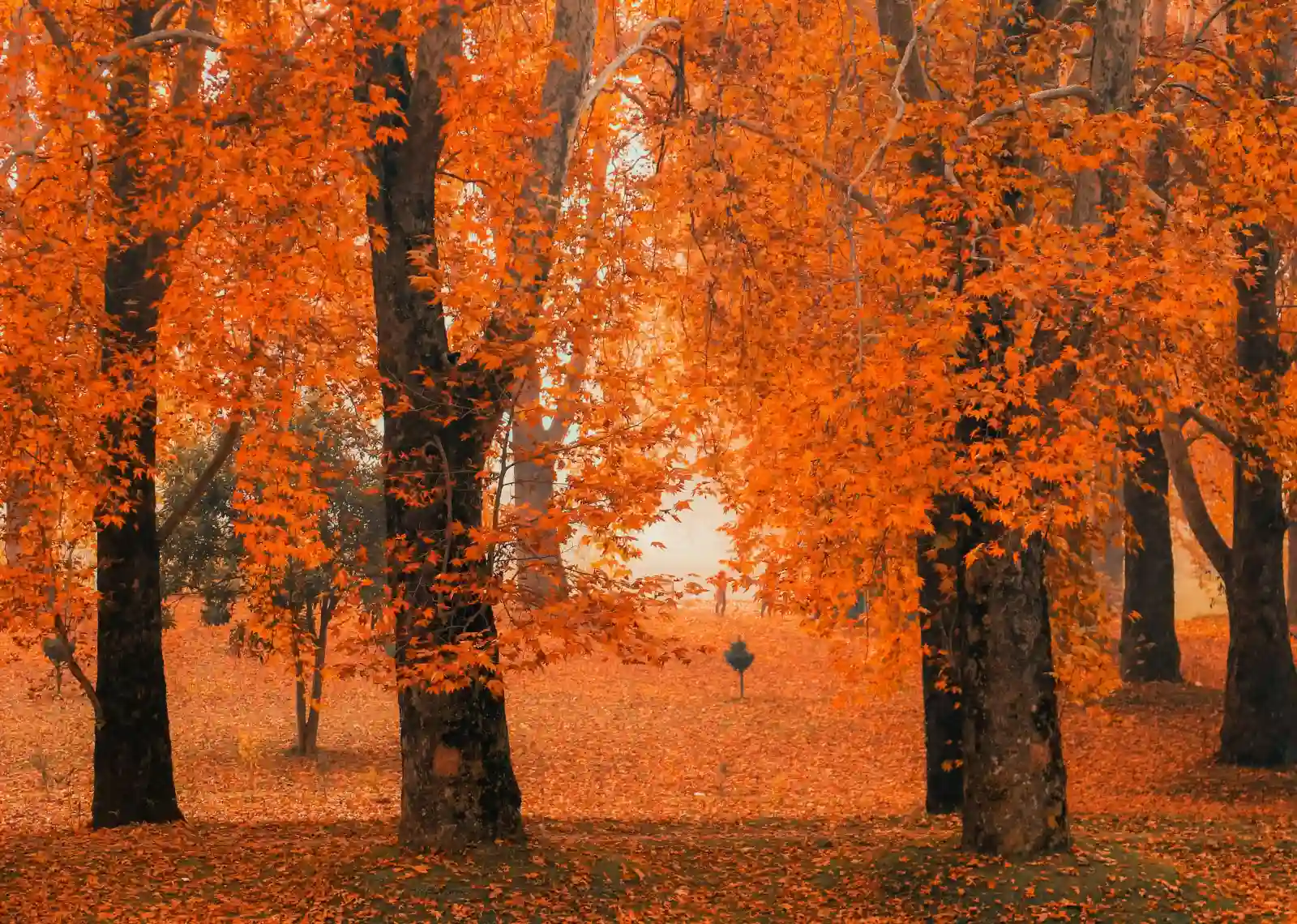
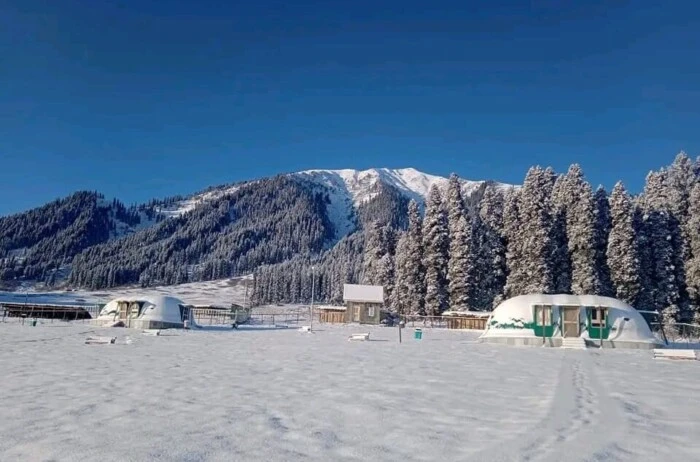
Every Kashmiri meadow has a story, and Doodhpathri’s legend makes it even more fascinating. The tale revolves around the revered saint, Sheikh Noor-ud-Din Noorani, also called Nund Rishi.
It is believed that when the saint once visited the meadow, he struck the ground with his staff to search for water. To everyone’s surprise, instead of water, milk gushed out. However, when he declared that the liquid should only be for drinking, not for ritual ablutions, the milk turned into water. Since then, the stream has retained its milky appearance, which is why the place is called Doodhpathri – the Valley of Milk.
Local shepherds also say that during summers, the frothy waters of the Shaliganga River resemble churned milk. Whatever the explanation, the name has stuck for centuries, giving the valley a mystical charm.
Legends like these are woven deeply into Kashmiri culture. When you walk through Doodhpathri, you don’t just see landscapes; you feel you are walking through pages of folklore.
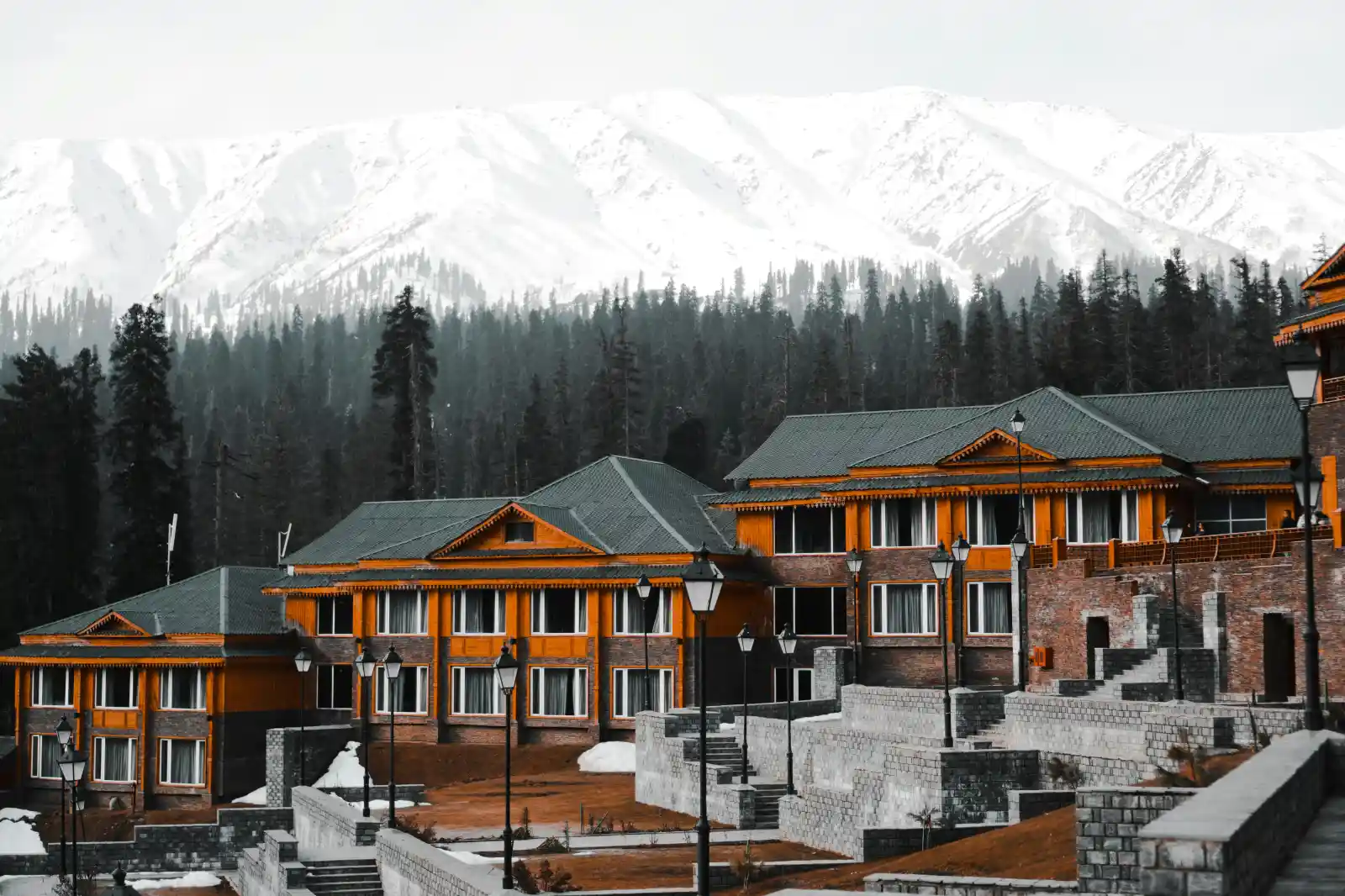

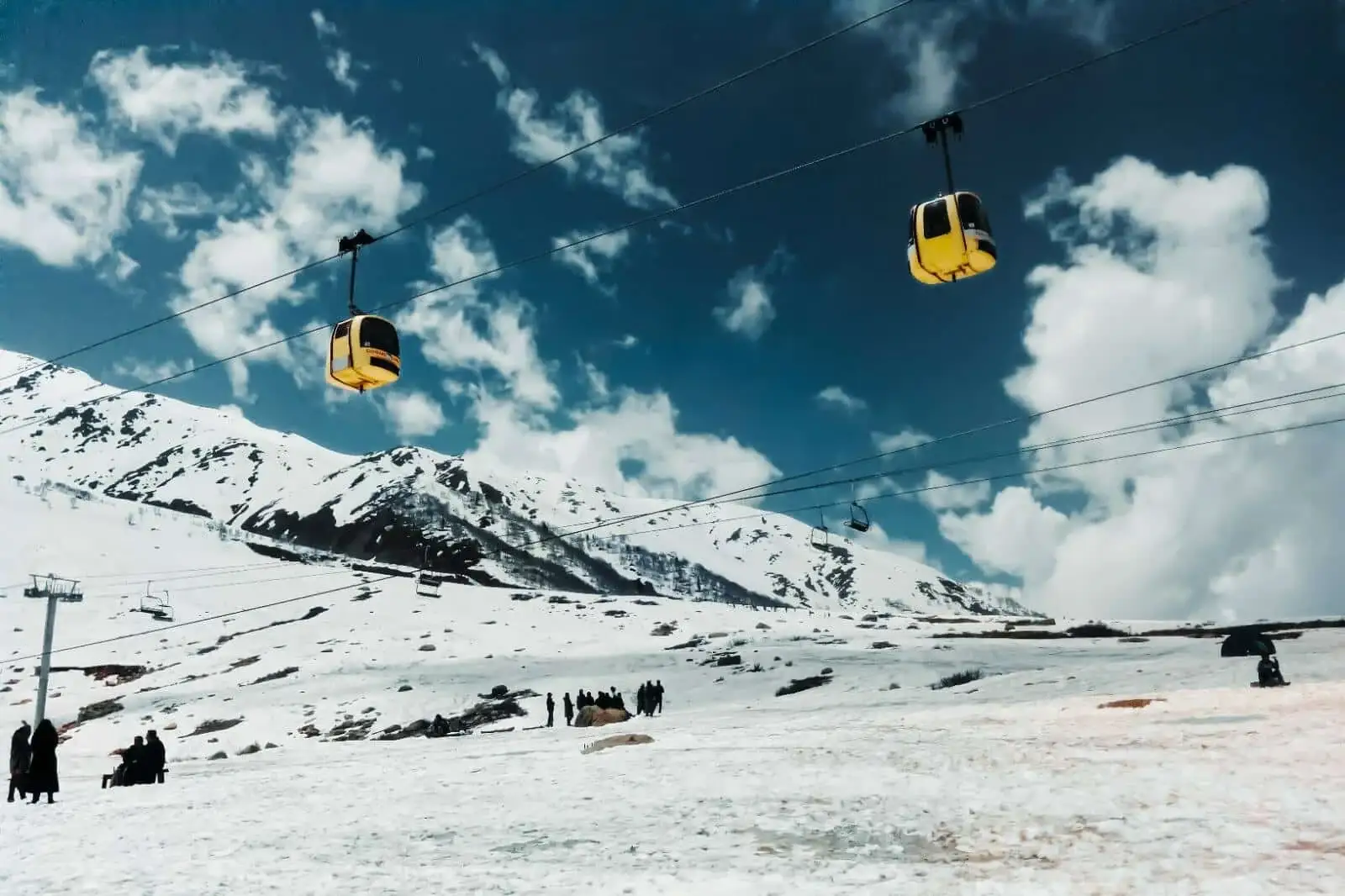


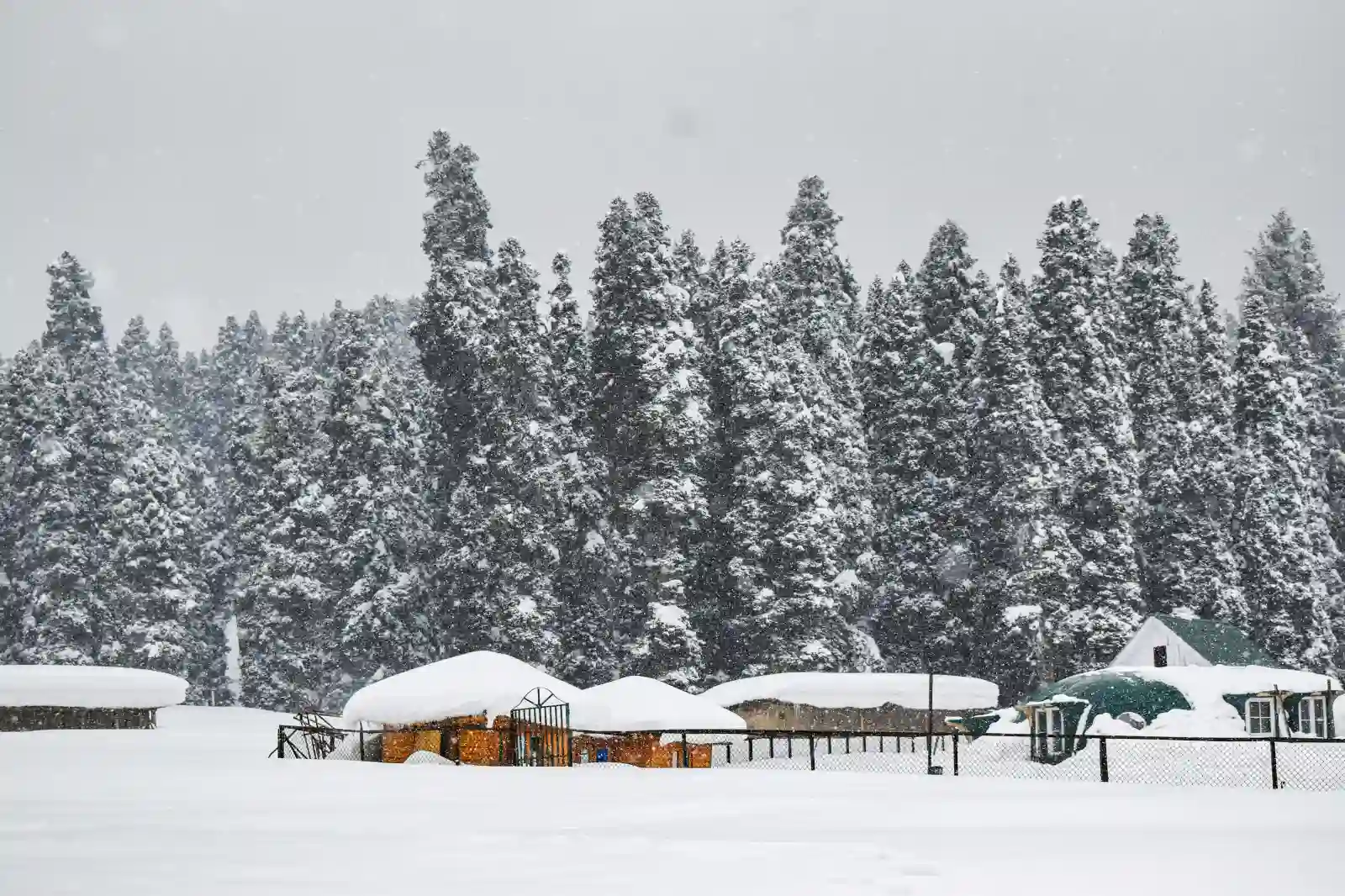
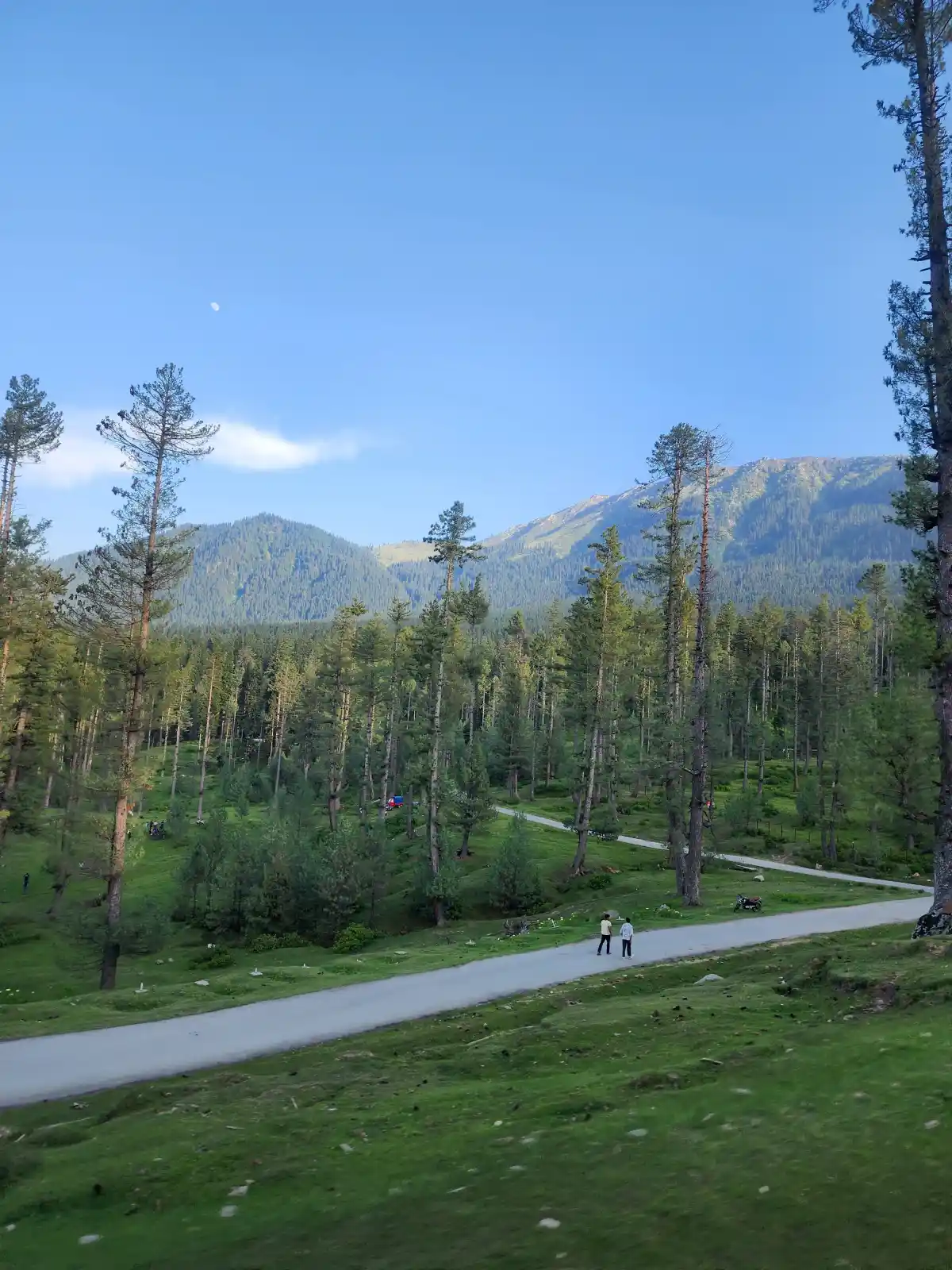
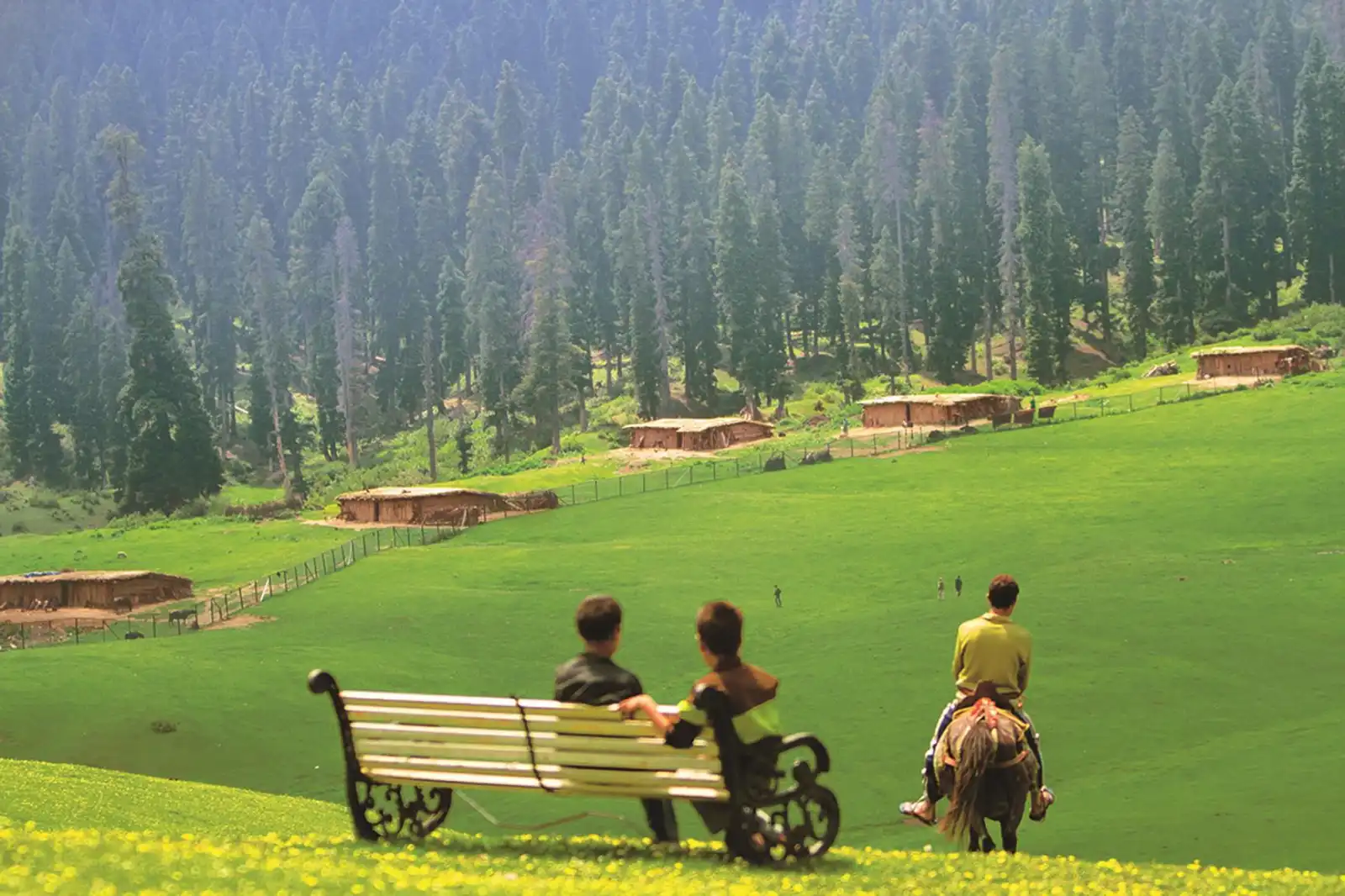
Reaching Doodhpathri is part of the adventure. Located just 2–3 hours from Srinagar, the drive itself is stunning. You pass through villages, apple orchards, mustard fields, and stretches of pine forests.
By Road from Srinagar: The most common route is Srinagar → Budgam → Ichgam → Khansahib → Raiyar → Doodhpathri. The drive covers around 42–45 km.
Alternative Route: Some travelers also take the Magam → Beerwah → Arizal route. Though slightly longer, it passes through equally scenic countryside.
From Other Places: Doodhpathri can also be accessed from Gulmarg or Yusmarg with connecting roads.
Nearest Airport: Sheikh ul-Alam International Airport in Srinagar (about 45 km away). From there, you can hire a taxi straight to the meadow.
Railway Options: Kashmir has no direct train network yet. The nearest major rail stations are in Jammu or Udhampur. From there, most people take a taxi or bus to Srinagar, and then onward to Doodhpathri. If you’re planning your trip and wondering how to reach Kashmir, Srinagar acts as the main gateway by air and road—see the guide here: How to reach Kashmir.
Transport Choices — Private Taxi: Best choice for families or couples who want flexibility.
Transport Choices — Shared Cabs/Sumos: Economical but less comfortable.
Transport Choices — Buses: Limited connectivity, so not very reliable.
Travel Tip: Always leave Srinagar early morning so you can enjoy a full day in Doodhpathri before returning.
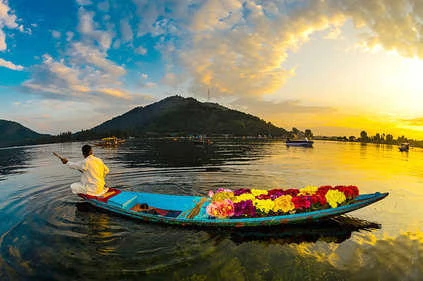
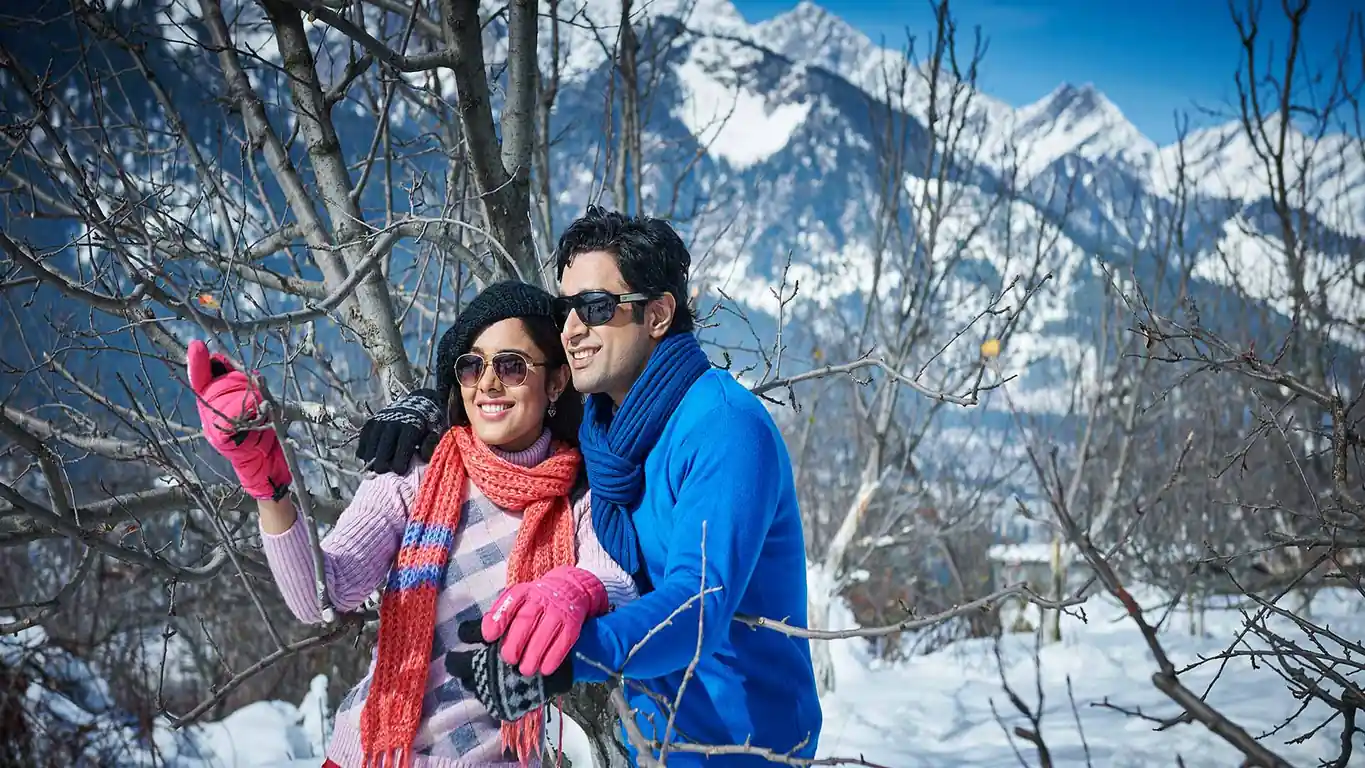
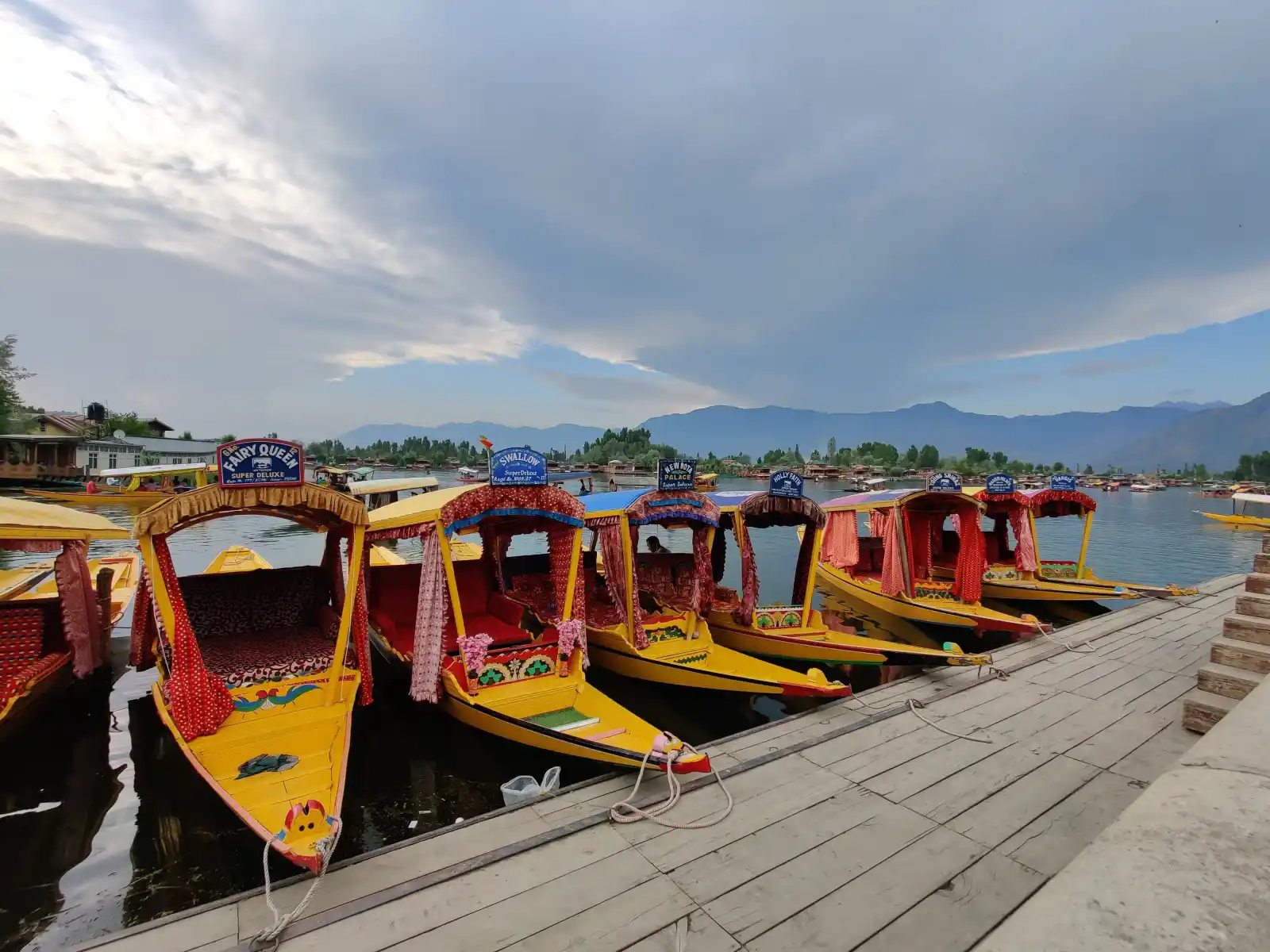

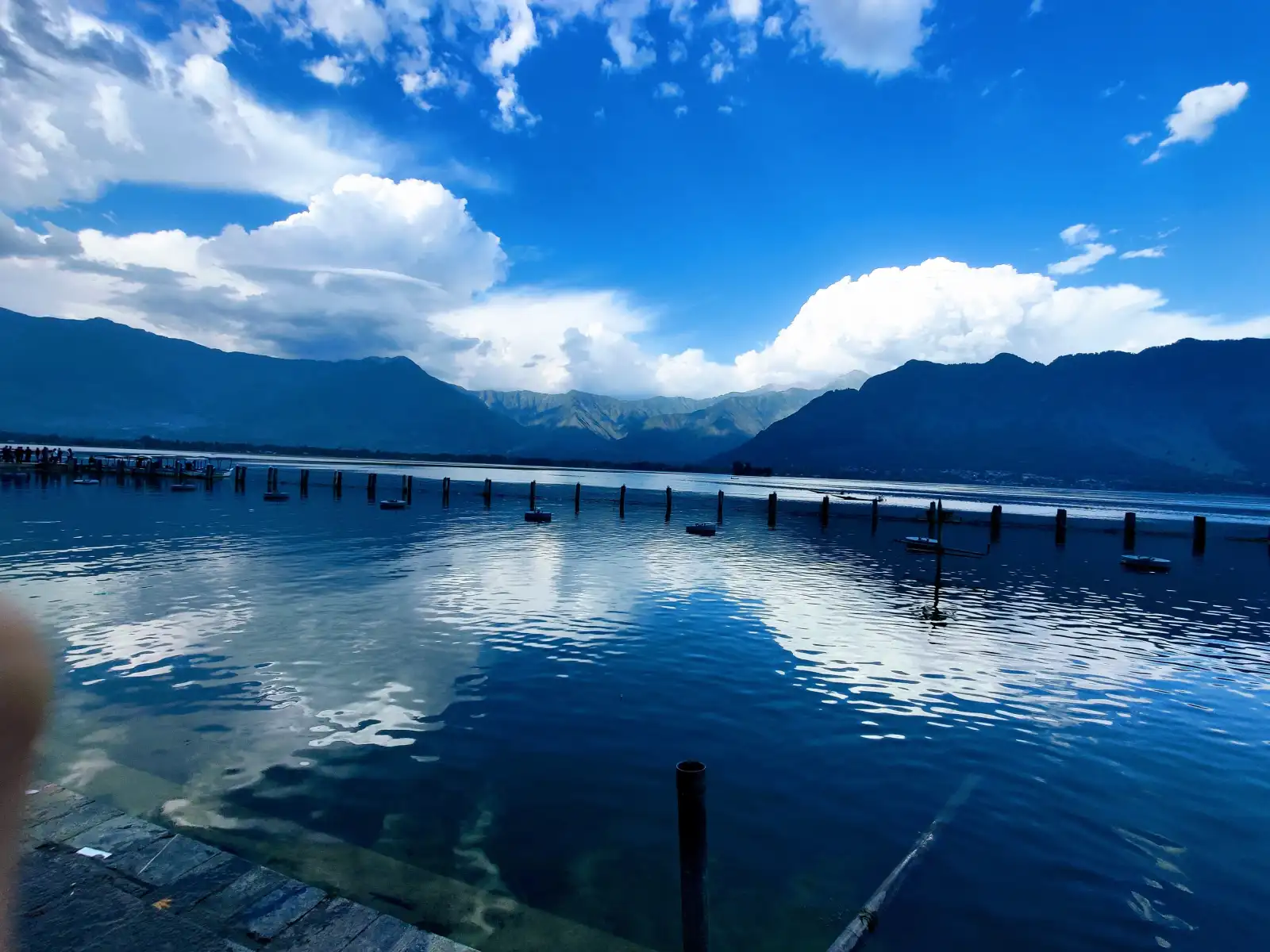
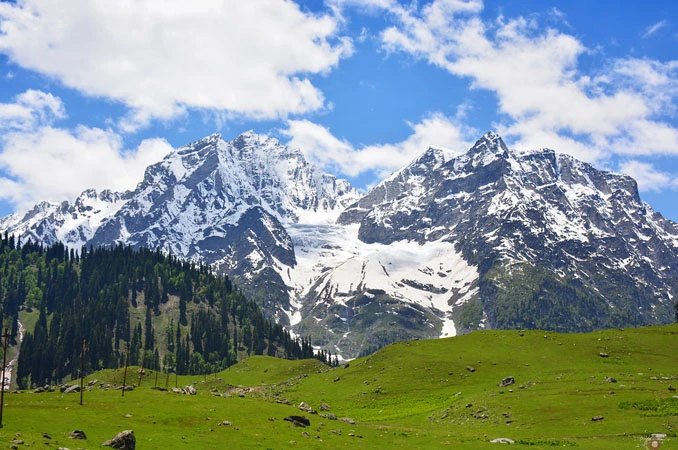

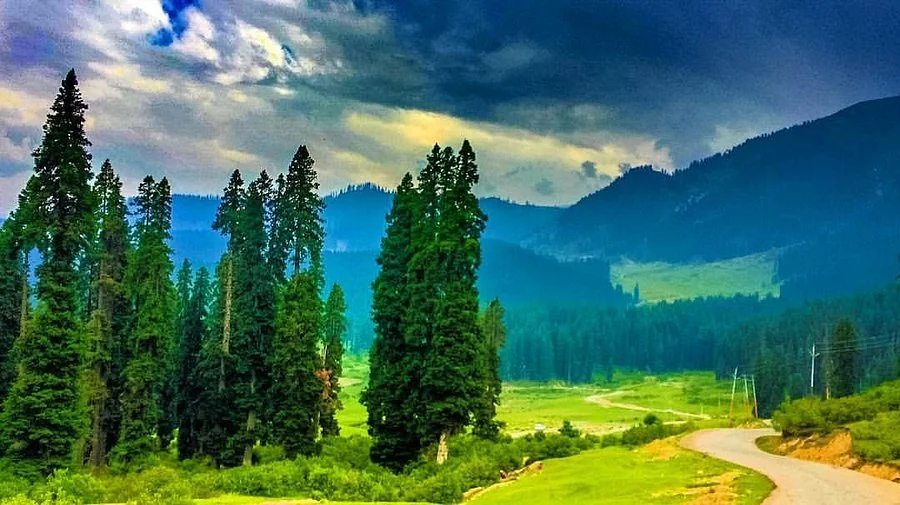
The beauty of Doodhpathri changes with every season, making it worth visiting more than once. Many travelers often wonder about the best time to visit Kashmir, and Doodhpathri reflects exactly why each season has its own unique charm.
Summer (April–September): This is the most popular season. The meadows are covered with lush grass and wildflowers, the Shaliganga flows in full glory, and the weather is pleasant (15°C–25°C). It is perfect for picnics, pony rides, and photography.
Autumn (October–November): The forests turn golden and orange, giving the valley a warm glow. Though not as green, it has its own distinct appeal.
Winter (December–February): The meadow is covered in snow, transforming into a peaceful winter landscape. It is less crowded, though access may be tricky if heavy snowfall blocks roads. The sight of Doodhpathri blanketed in white is unforgettable.
Spring (March–early April): Snow begins to melt, streams swell, and wildflowers start blooming. This is a wonderful time for nature lovers.
Best season by traveler type: For families, summer is ideal. Honeymoon couples often prefer spring and autumn for romantic scenery and fewer crowds. Adventure seekers should choose winter for snow experiences and summer for trekking.
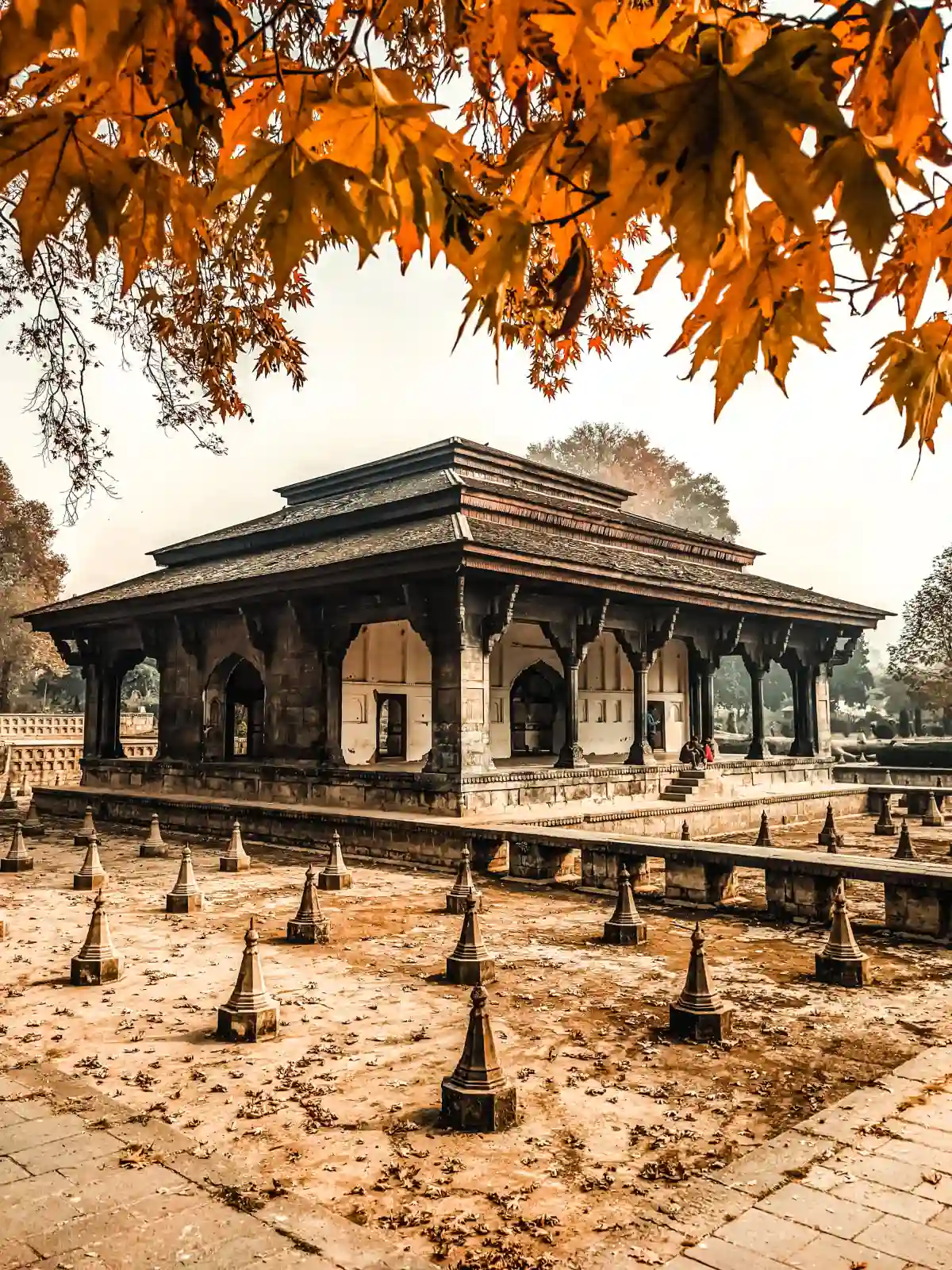
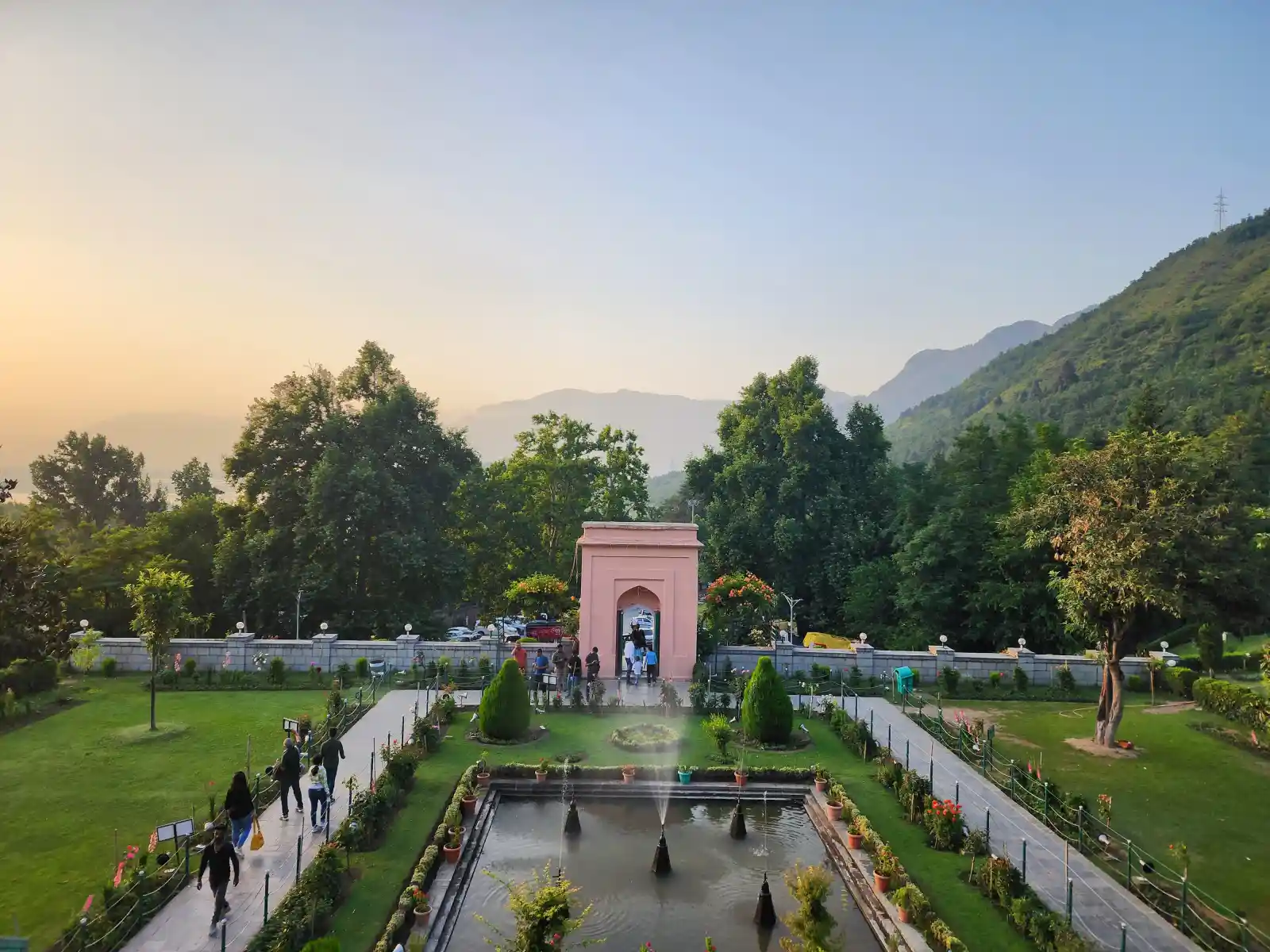
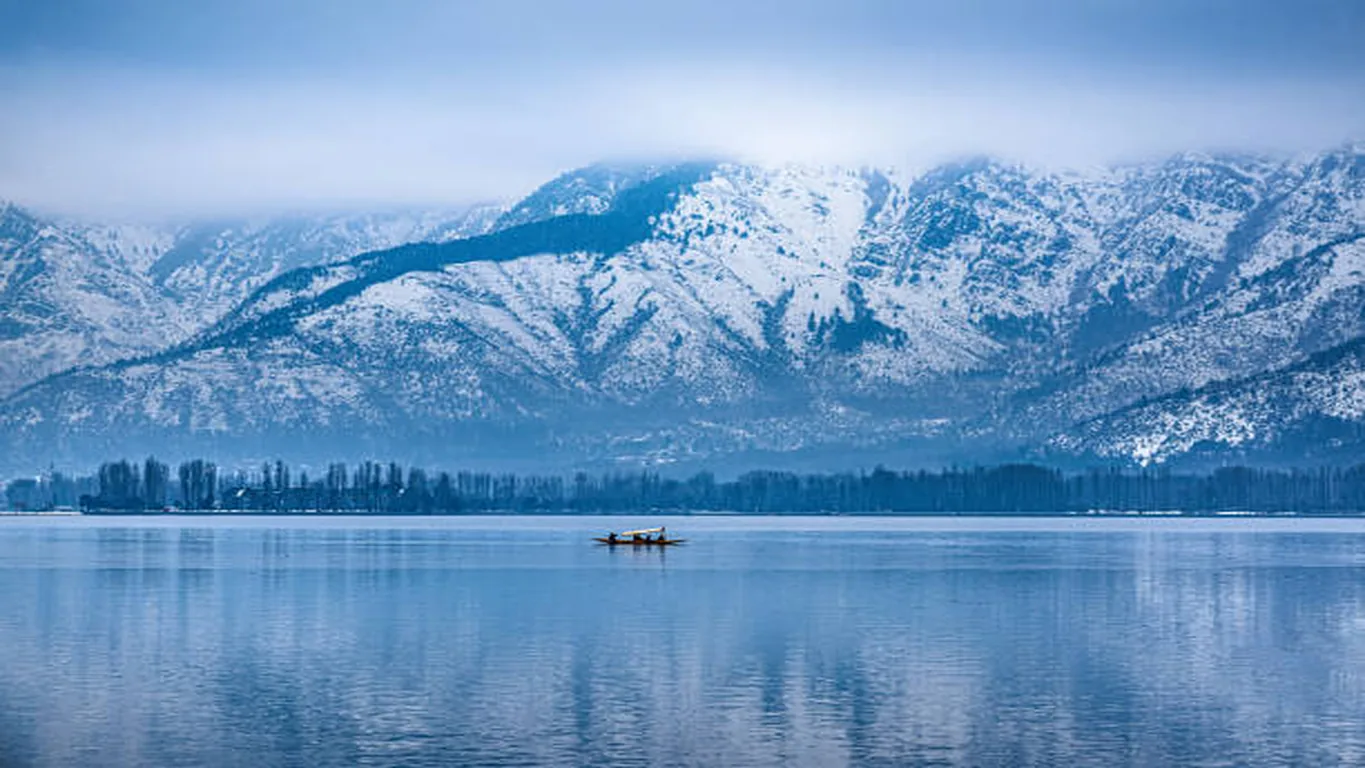

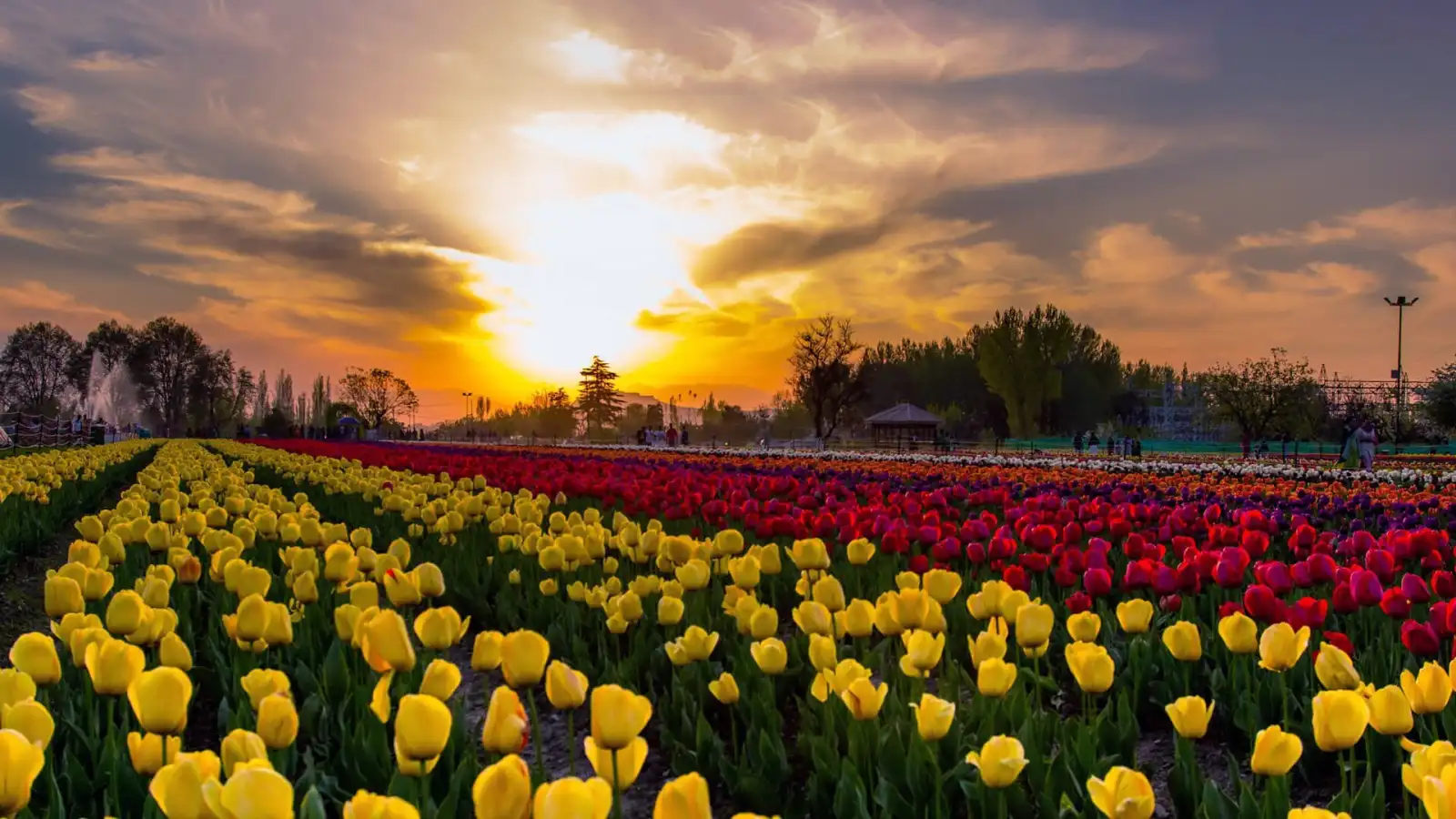
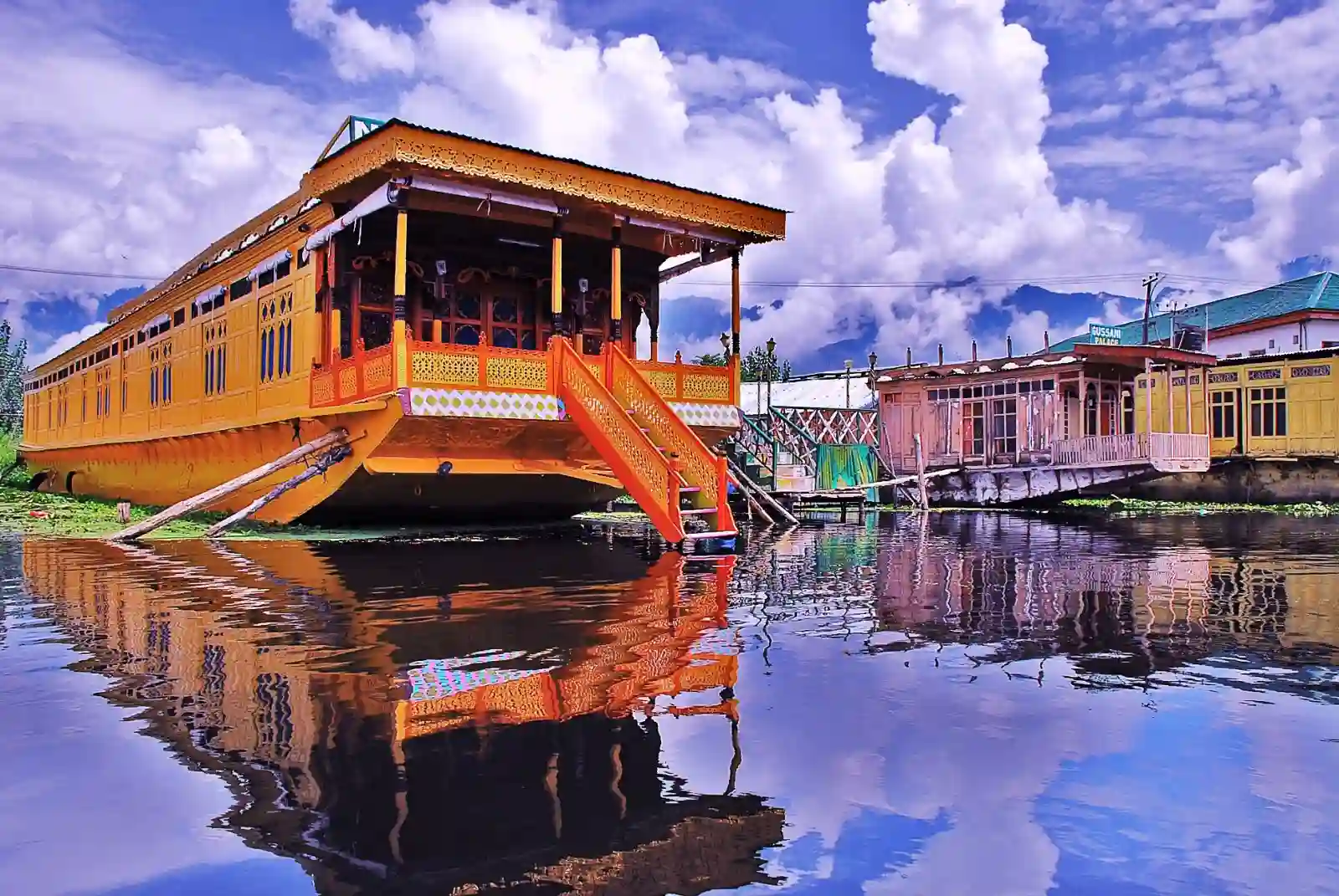
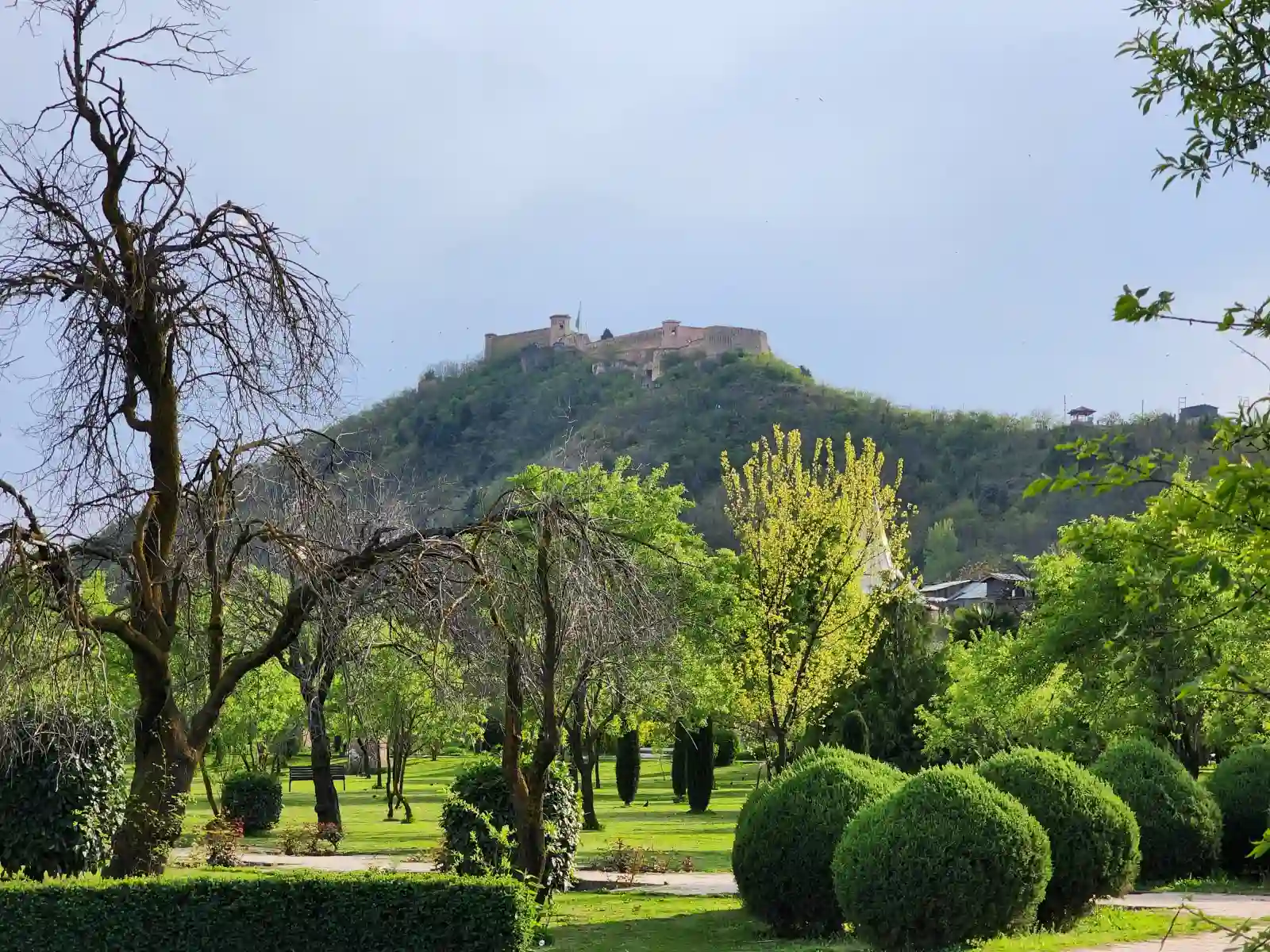
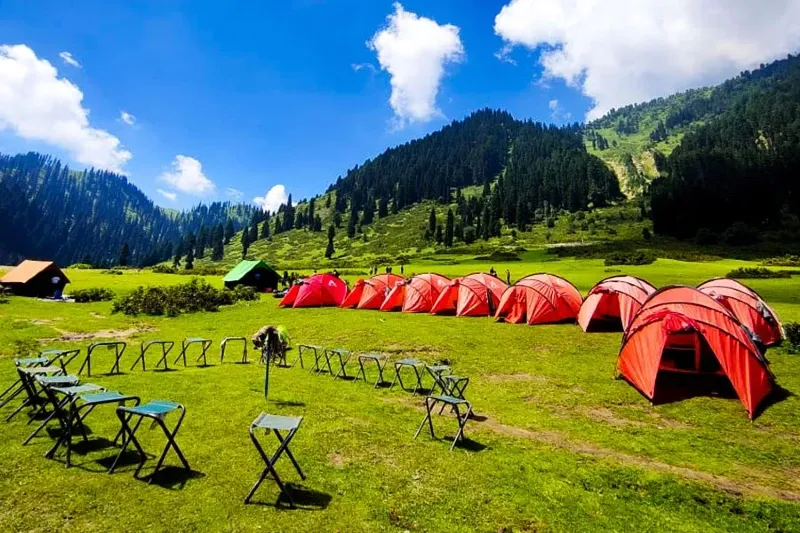
Though Doodhpathri is more about relaxing in nature than heavy sightseeing, there’s still plenty to do. Many travelers often compare it to other Things to do in Kashmir, since each valley offers a unique charm, and Doodhpathri stands out for its calm and untouched beauty.
Walk Across Meadows: Simply walking barefoot on the soft grass with streams flowing by is a joy in itself. It feels like nature therapy at its best.
Pony Rides: Locals offer pony rides across the meadows and towards higher points like Diskhal. It’s a fun activity, especially for families with kids.
Camping & Picnics: Many visitors carry mats, snacks, and set up a picnic by the riverside. Camping is also possible, though you need to bring your own tents and supplies.
Photography: Sunrise and sunset over the meadows are breathtaking. Even candid shots of sheep grazing or traditional Gujjar huts make for beautiful frames.
Trekking: Trails lead towards Diskhal meadow and Shaliganga valley. For adventure lovers, trekking here feels raw and authentic compared to busier trails. Those who enjoy winter adventures often combine their trip with Gulmarg Ski Tour Packages, as both destinations offer completely different but equally magical experiences of Kashmir.
Snow Fun: In winter, you can enjoy snowball fights, short treks in the snow, and even sledging. The white wonderland makes Doodhpathri feel like a fairy-tale escape.
Tip: Don’t rush. Doodhpathri is best enjoyed slowly—breathe in the fresh air, listen to the river’s music, and let nature do the healing.
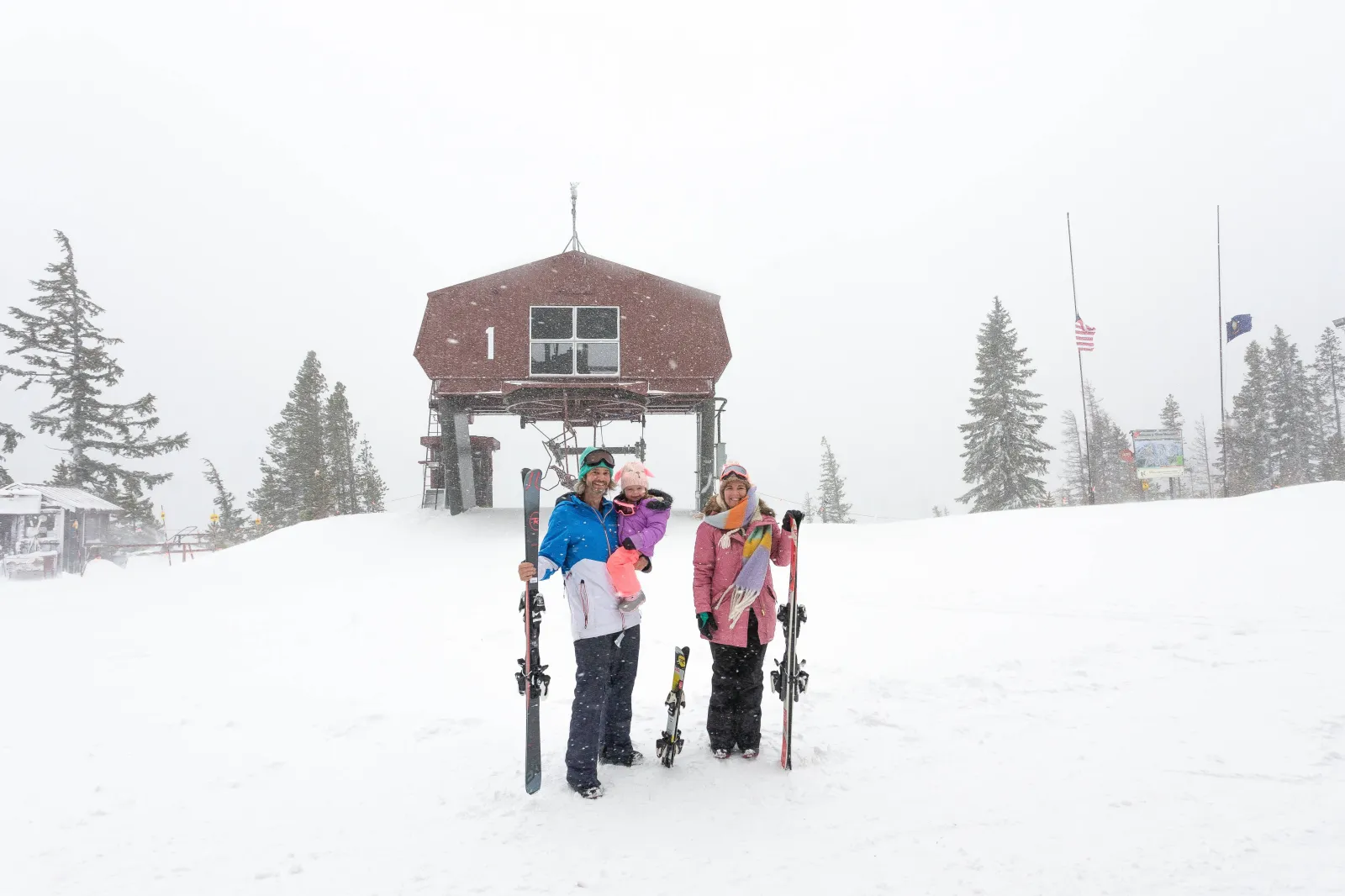

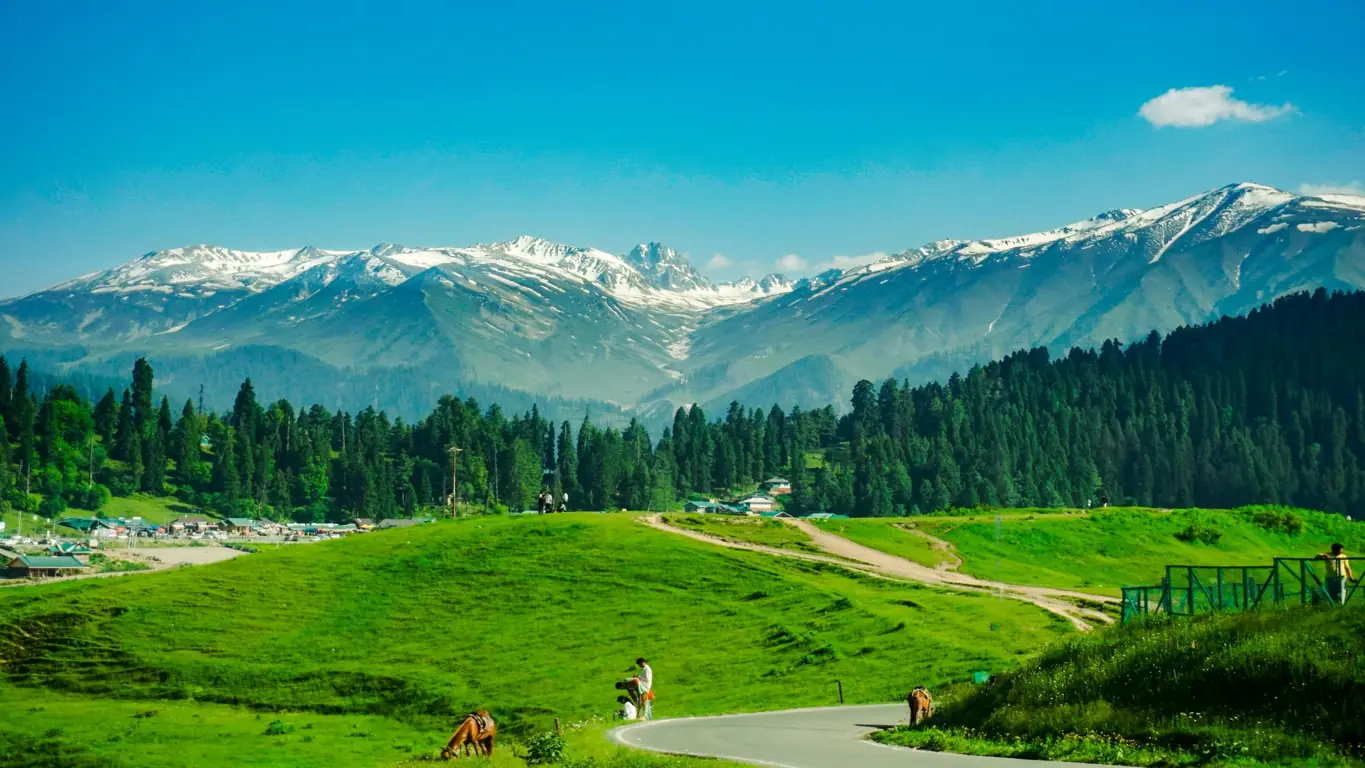
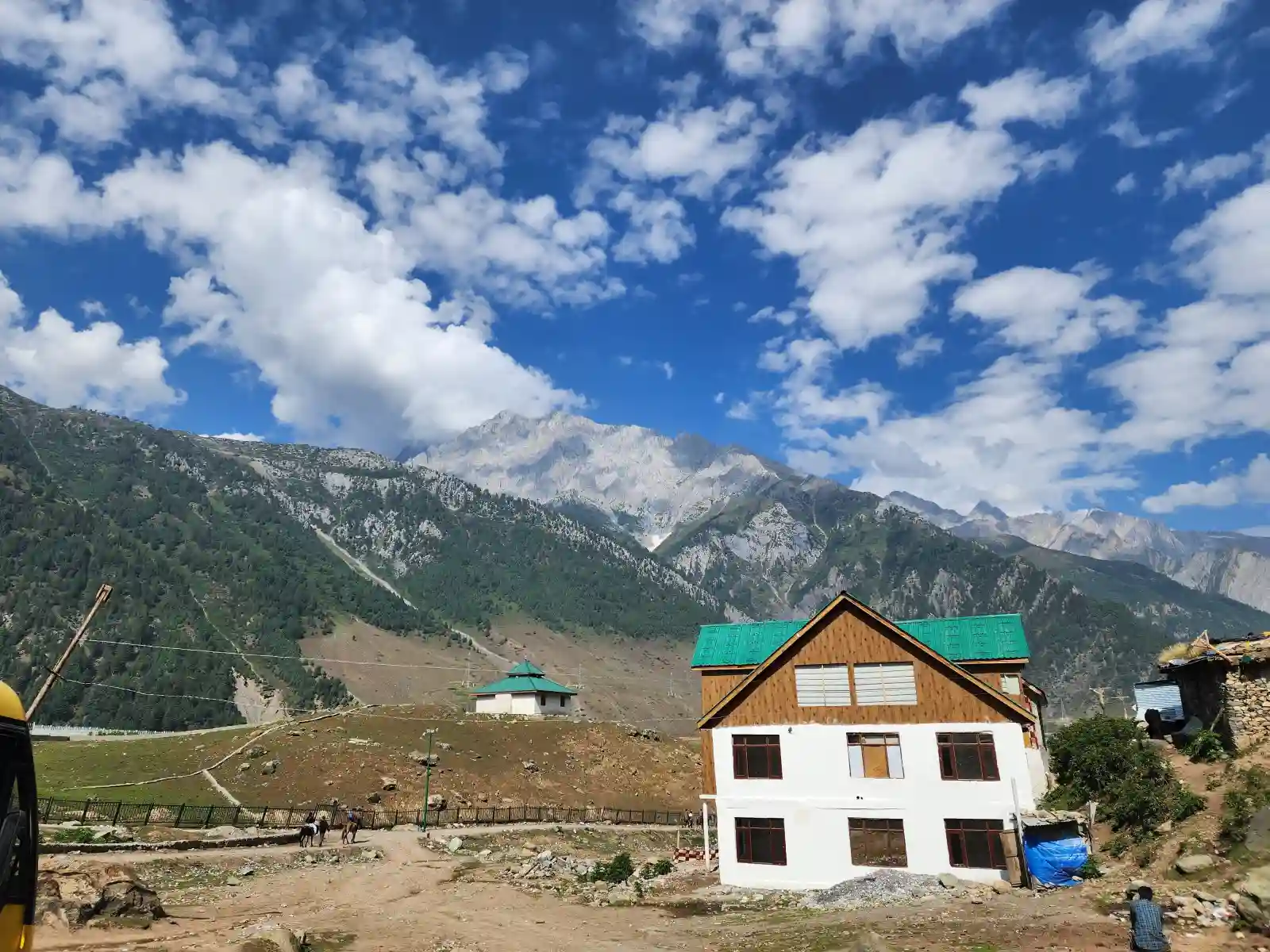
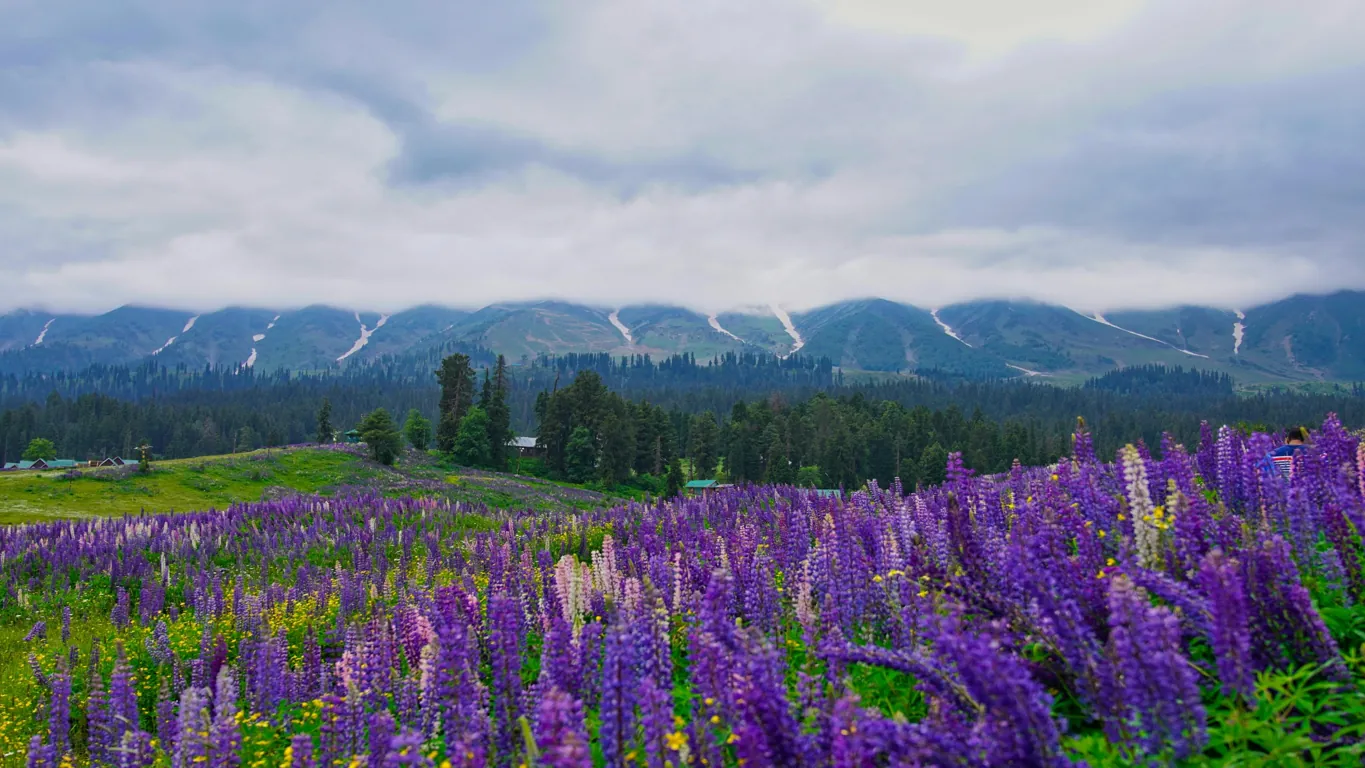
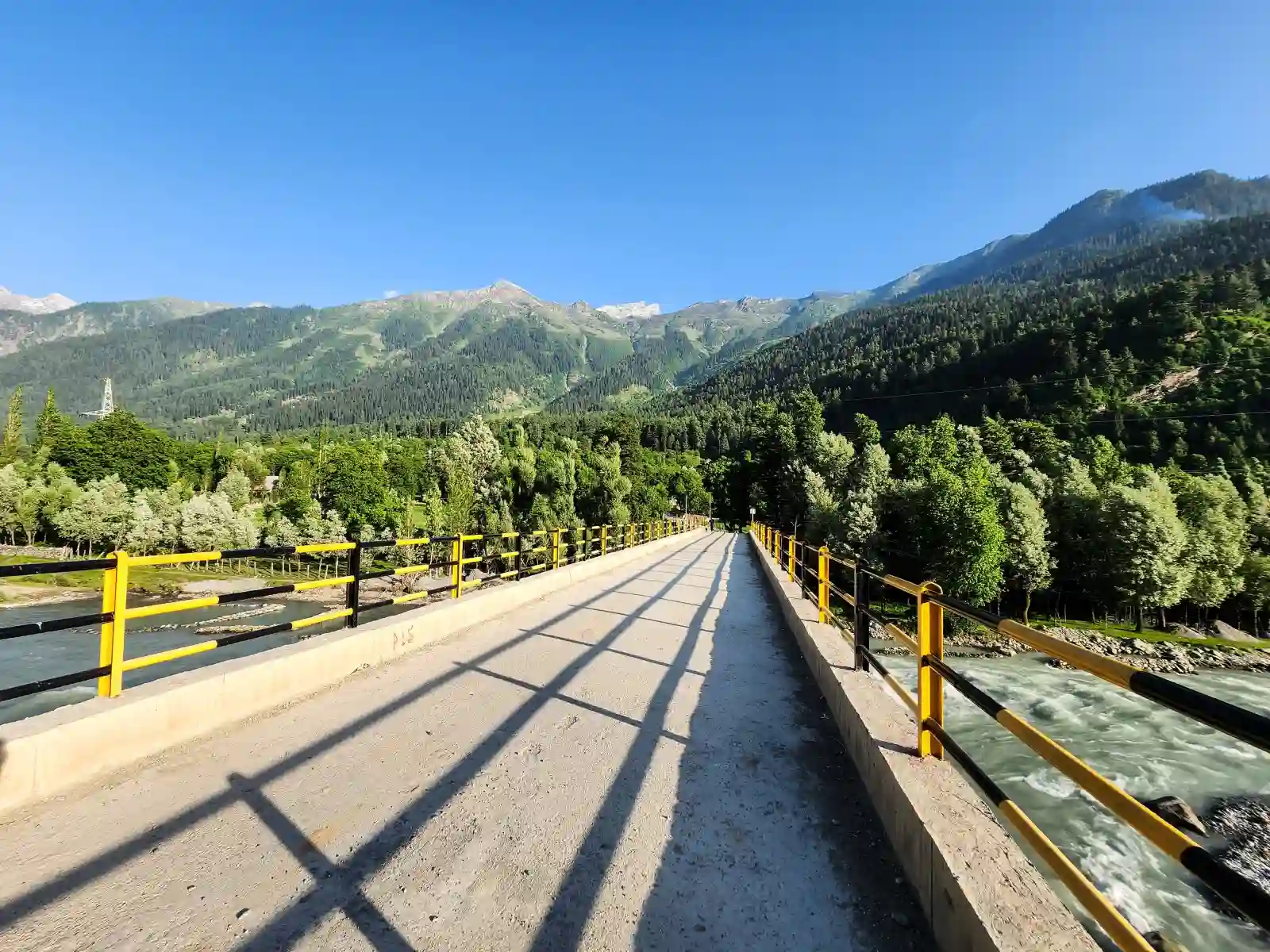

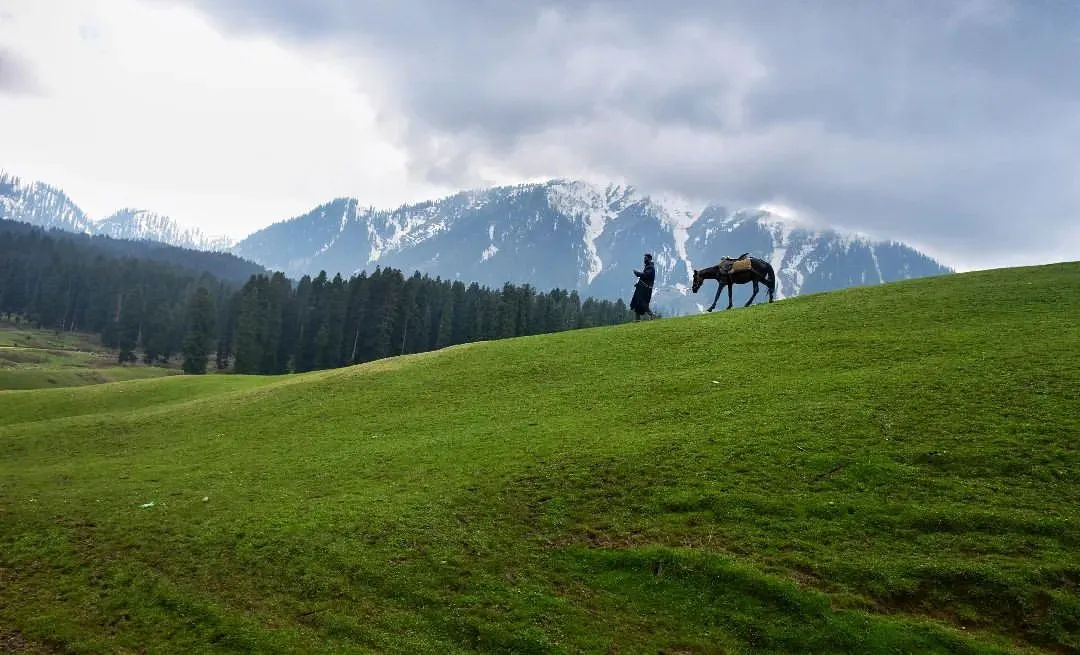
While the meadow itself is the main highlight, several smaller valleys and meadows around Doodhpathri are worth exploring:
Shaliganga River: A glacial river that flows right through the valley, adding to its charm.
Tangnar: Known as the Gorge of Pears, this small valley with pine trees and streams is a peaceful retreat.
Mujpathri: Called the Valley of Turnips, it’s a local shepherd area with beautiful grasslands.
Palmaidan: Meaning Ground of Big Stones, this area has huge boulders surrounded by pines.
Diskhal Meadow: A higher meadow that offers views of the Ashtaar Glacier.
Nearby Tourist Spots: Yusmarg (25 km away), Gulmarg, and Tosamaidan can be added to your trip.
Doodhpathri is an offbeat destination, so accommodation options within the valley itself are quite limited. Most travelers prefer to stay in Srinagar or Budgam and plan Doodhpathri as a refreshing day trip.
A few basic guesthouses and huts may be available, often used by trekkers, shepherds, or adventure seekers. However, facilities are minimal and not ideal for families looking for comfort.
Guesthouses and budget hotels are available in Budgam for those who want to stay closer to nature.
Srinagar, being the main hub, offers a wide variety of stays, including luxury resorts, boutique stays, and the famous houseboats. If you’re looking for comfort and variety, you’ll find plenty of Hotels in Srinagar that cater to different budgets and preferences.
Mid-range hotels and charming boutique properties in Srinagar are perfect for couples, families, or solo travelers who want modern amenities along with a touch of Kashmiri hospitality.
For convenience and comfort, it’s best to base yourself in Srinagar and take a day trip to Doodhpathri. But if you’re more adventurous and don’t mind rustic conditions, camping in the valley can be a truly memorable experience.
Food options in Doodhpathri are limited, so it’s always wise to carry your own snacks and water. Still, travelers do get the chance to taste some authentic local flavors.
In Srinagar: You can indulge in the full Kashmiri cuisine including the royal Wazwan dishes, Rogan Josh, Gushtaba, Harissa, Kashmiri breads, Kehwa, and Noon Chai. Exploring these delicacies is often one of the highlights for visitors who want to truly experience traditional food in Kashmir before heading towards Doodhpathri. Learn more about local cuisine in Kashmir.
On-Site: While facilities are basic, a few local dhabas serve tea, kehwa, fresh bread, and simple rice-meat curries that taste especially comforting in the mountain air.
Picnic Meals: Many families prefer bringing their own homemade food and enjoying a picnic by the riverbanks or in the open meadows.
Since Doodhpathri is remote, mobile network is patchy. Some areas may catch weak signals, but don’t depend on it.
Doodhpathri is not about fancy resorts or bustling markets. It is about:
If you want an offbeat, soulful experience in Kashmir, Doodhpathri is the perfect destination.
Why is Doodhpathri so popular among tourists?
Doodhpathri is popular because of its untouched meadows, crystal-clear streams, and breathtaking views of snow-clad mountains. Unlike crowded destinations, it offers peace, fresh air, and a true glimpse of Kashmir’s natural beauty, making it a favorite for family trips, nature lovers, and photographers.
How does Doodhpathri compare with Gulmarg?
Doodhpathri is quieter and less commercialized than Gulmarg. While Gulmarg is famous for skiing, gondola rides, and luxury resorts, Doodhpathri is known for its green meadows, river streams, and raw natural charm. Travelers who prefer peace and offbeat experiences often find Doodhpathri more relaxing than Gulmarg.
Which town is closest to Doodhpathri?
Budgam town is the closest urban center to Doodhpathri, located around 40 km away. Many travelers also access it from Srinagar, which is the most convenient base for a day trip.
What is the distance between Srinagar and Doodhpathri?
The distance from Srinagar to Doodhpathri is approximately 42–45 km, and the drive usually takes around 1.5 to 2 hours depending on road and traffic conditions.
Can visitors experience snowfall in Doodhpathri?
Yes, Doodhpathri receives heavy snowfall during winter, usually from December to February. Tourists visiting during these months can witness a white wonderland, ideal for snow play and photography.
What is the taxi fare from Srinagar to Doodhpathri?
The average taxi fare from Srinagar to Doodhpathri ranges between ₹2,000 to ₹3,000 for a round trip, depending on the season, type of vehicle, and negotiation. Shared cabs are also available at lower rates.
How long should one spend in Doodhpathri for sightseeing?
A day trip is usually enough to explore Doodhpathri, with 4–5 hours spent enjoying the meadows, streams, and pony rides. However, nature lovers often prefer to spend an entire day picnicking and trekking in the valley.
Is walking or trekking possible in Doodhpathri meadows?
Yes, walking, hiking, and short treks are very popular in Doodhpathri. The vast open meadows, pine forests, and river streams make it perfect for leisurely strolls or moderate trekking trails.
What are the charges for pony rides in Doodhpathri?
Pony rides in Doodhpathri generally cost between ₹300 to ₹800 per person depending on the route and duration. Longer rides to interior meadows or viewpoints may cost slightly more.
Can travelers reach Doodhpathri by car or cab?
Yes, Doodhpathri is accessible by car or cab. The roads are motorable, and most tourists hire a taxi from Srinagar or drive themselves. The journey is scenic, passing through villages and pine forests.
What makes Doodhpathri unique compared to other Kashmir valleys?
Doodhpathri’s uniqueness lies in its untouched beauty. Unlike tourist-heavy spots, it remains less commercialized, offering green meadows, crystal streams, and peaceful surroundings. It is often called the “Valley of Milk” due to its foaming river waters that resemble milk.
Which destination is more scenic: Yusmarg or Doodhpathri?
Both Yusmarg and Doodhpathri are scenic, but they differ in charm. Yusmarg is known for its pine forests and peaceful walks, while Doodhpathri is loved for its vast green meadows and mountain streams. Travelers looking for quieter vibes often choose Yusmarg, while families and first-time visitors prefer Doodhpathri.
Is Doodhpathri a must-visit place in Kashmir?
Yes, Doodhpathri is a must-visit destination in Kashmir for those who love natural beauty and offbeat experiences. Its meadows, streams, and snow-covered peaks make it one of the most picturesque spots near Srinagar.
During which months can tourists see snow in Doodhpathri?
Tourists can see snow in Doodhpathri mainly from late December to February. Sometimes, snow remains in higher meadows until early March, offering a magical winter experience.